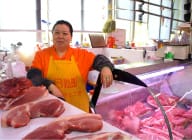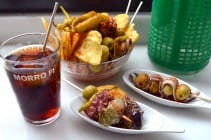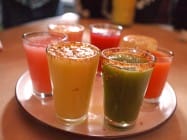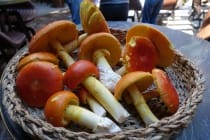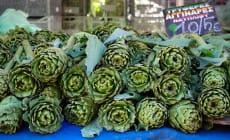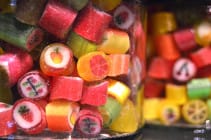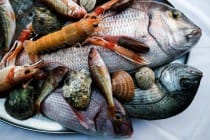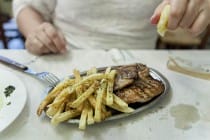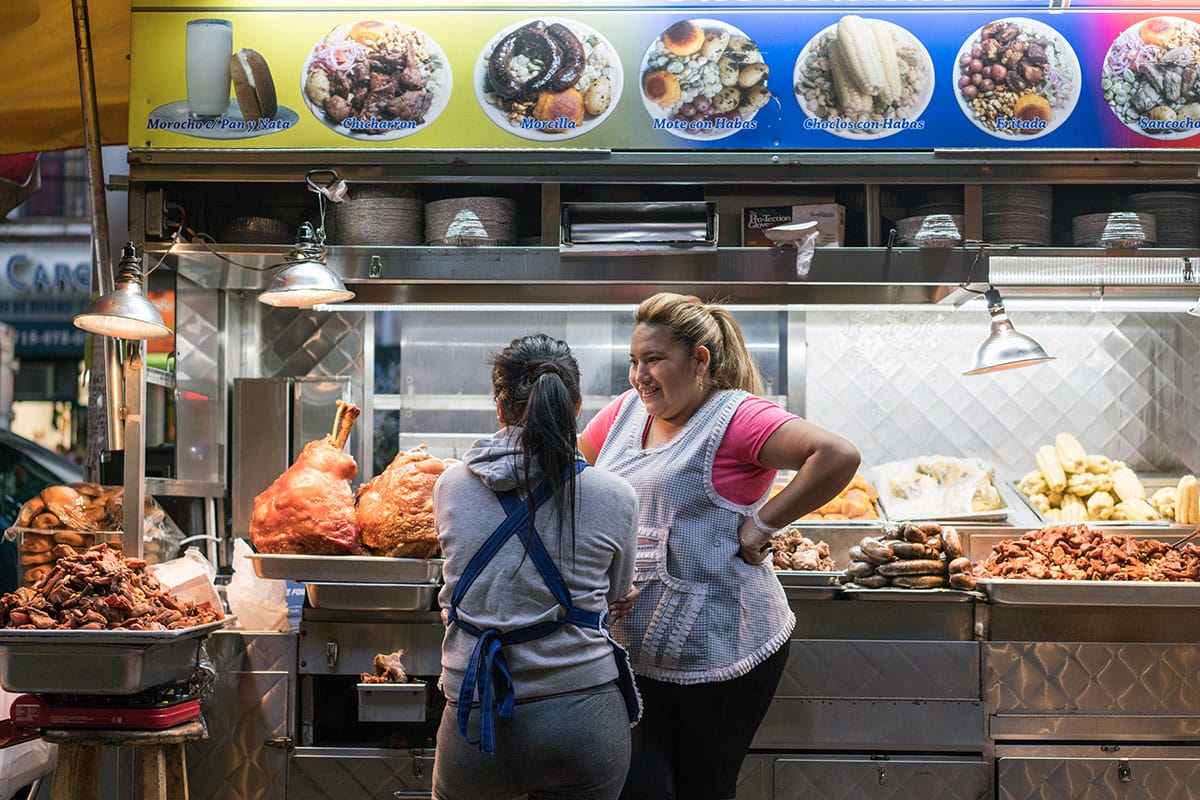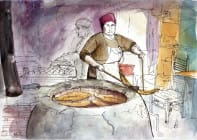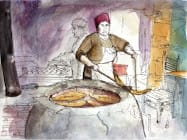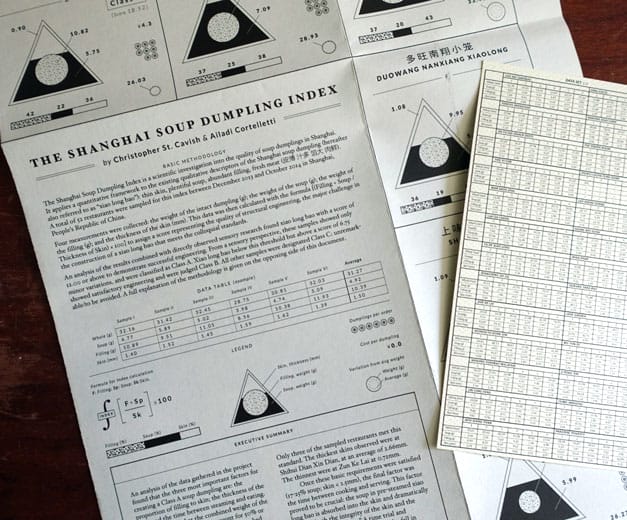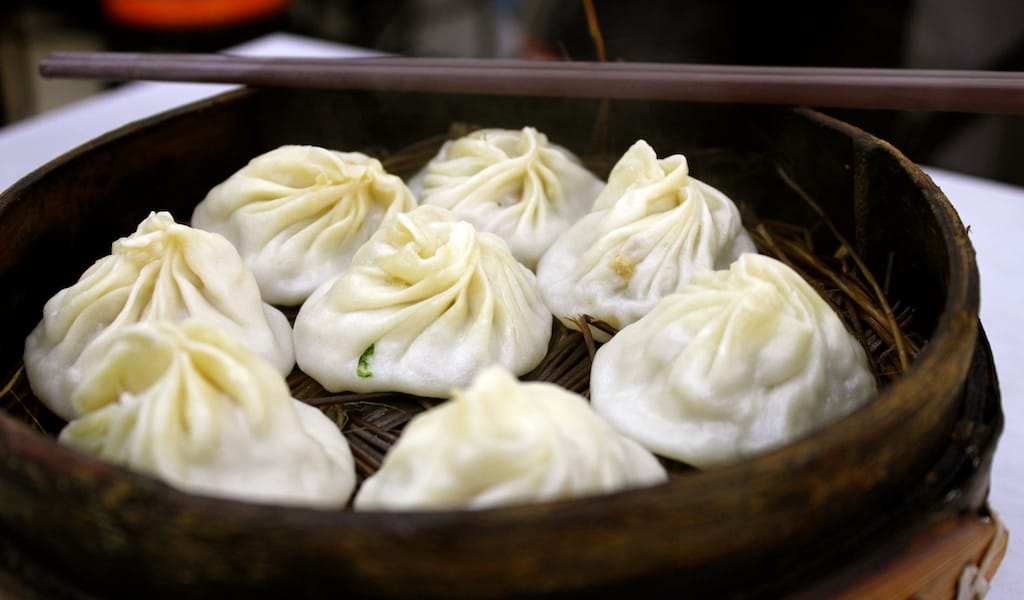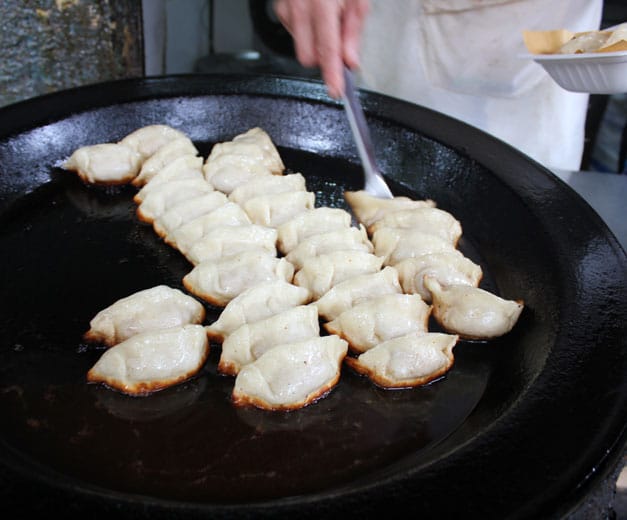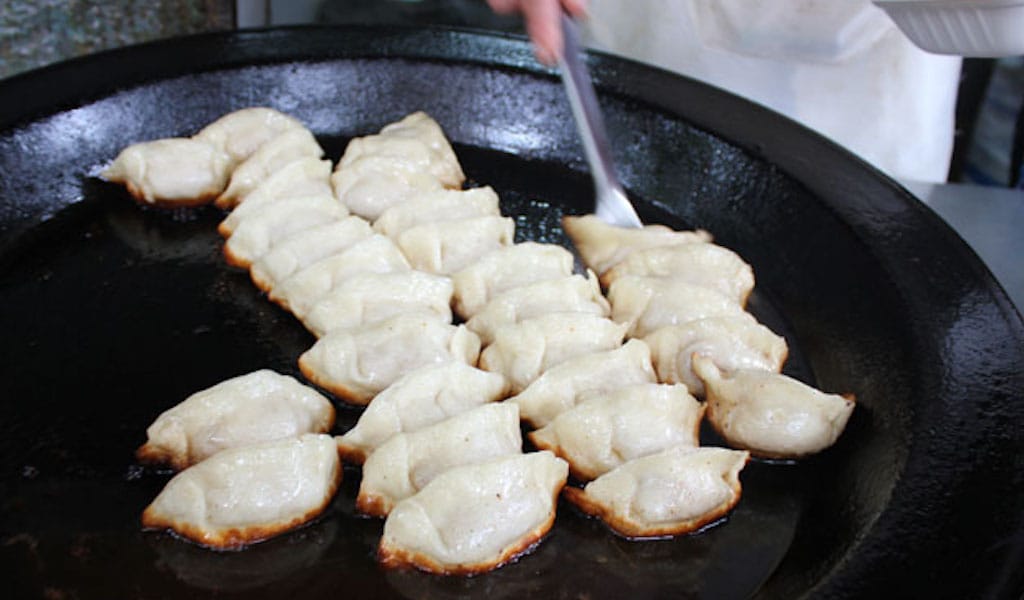Back in 2012 when Culinary Backstreets still had that new car smell, we wrote our first article on xiaolongbao. The investigative report detailed the bun’s regional variations – Shanghai versus Nanjing – and called out our two favorite places to eat each city’s specialty soup dumplings.
Understanding, appreciating and loving these local specialties is a part of life for residents of pork-obsessed Shanghai. Arguing the merits of different restaurants’ xiaolongbao is a citywide pastime for both locals and expats alike, but one man has taken the fascination further than the rest of us combined.
Christopher St. Cavish has been in and out of Shanghai for a decade, leaving digital breadcrumbs for his favorite restaurants and exploring the behind-the-scenes food scene on Shanghai’s city lifestyle websites since 2005. Now, the former chef turned food writer is delving deep into the exacting world of food nerds. The Harold McGee of xiaolongbao, St. Cavish spent the past two years creating a “quantitative interpretation of the colloquial standards for a well-constructed soup dumpling.”
Beautifully designed (by Ailadi Cortelletti) and meticulously devised, The Shanghai Soup Dumpling Index is the fruit of a scientific investigation to determine the city’s best xiaolongbao. The report is based on three measurements: the bao’s filling weight, soup weight and wrapper thickness. The formula adds filling to soup and divides by skin, thus stipulating that the thinner the wrapper and the heavier the filling, the better the dumpling.
St. Cavish used hair-shearing scissors, calipers and a digital scale (and we can only assume a complete lack of f&#$s given about what other diners thought of him) to dissect his soup dumplings for examination at 52 restaurants around town. The method is described in painstaking specificity, and we recommend you buy an index if you are curious about all the dirty details. (Actually, just get one anyway to spend hours poring over the mouthwatering infographics and the scientific deconstruction of the bao. We especially enjoyed the experimental sidebar that tested what happens to the pork gelatin when xlb, as they are popularly referred to, are left to cool. We’ve never had the self-control to stop ourselves from finishing off an order before the dumplings return to room temperature.…)
In total, just over a quarter of the restaurants sampled made it into the Class A designation, determined by a score of over 12 points. Class B made up just 10 percent, and the remaining 65 percent were classified as C restaurants, discarded because of MSG use, broken dumplings or poor skin-to-soup ratios.
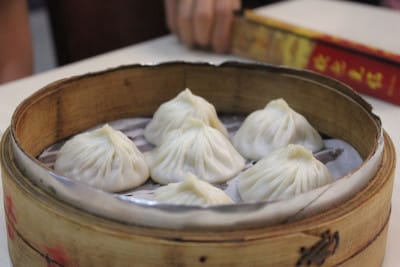 Top marks went to Zun Ke Lai’s location outside Shanghai Indoor Stadium, where the unassuming cafeteria is sandwiched between a hypermarket and a touristy Tibetan restaurant showcasing a nightly (slightly exploitative) minority dance performance. The location doesn’t scream conscientious dumpling making, but the wrappers here are so paper-thin, they are almost a liability, sagging threateningly under the weight of the hefty meatball when extracted from the steamer baskets. In fact, the wrappers are so light, they top the Index, measuring in at just 0.72 millimeters.
Top marks went to Zun Ke Lai’s location outside Shanghai Indoor Stadium, where the unassuming cafeteria is sandwiched between a hypermarket and a touristy Tibetan restaurant showcasing a nightly (slightly exploitative) minority dance performance. The location doesn’t scream conscientious dumpling making, but the wrappers here are so paper-thin, they are almost a liability, sagging threateningly under the weight of the hefty meatball when extracted from the steamer baskets. In fact, the wrappers are so light, they top the Index, measuring in at just 0.72 millimeters.
So, does Zun Ke Lai actually boast the best soup dumplings in Shanghai? Well, there’s no accounting for taste, in life or in the Index, but these xlb definitely are Class A in terms of both flavor and St. Cavish’s constructed ratio.
When we arrived at 7 p.m., they only had one long of the pure pork variety left, which we promptly claimed. Wrapped and steamed to order, the porky essence necessary for a great xiaolongbao was on point, but beginners beware. The slight wrappers greatly up the probability of piercing the skin and spilling the precious soup, which happened to more than one person in our group of 10 curious diners. Come to think of it, there actually seems to be good logic behind putting a slightly more substantial dough between scalding pork skin soup and chopsticks….
The Shanghai Soup Dumpling Index in print or downloadable PDF: www.theshanghaisoupdumplingindex.com
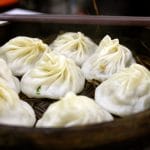 June 27, 2022 Take a Bao
June 27, 2022 Take a Bao
Xiaolongbao first appeared around 1875, during the Ming Dynasty, in Nanxiang, a village […] Posted in Shanghai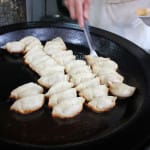 December 17, 2015 Best Bites 2015
December 17, 2015 Best Bites 2015
Editor’s note: To cap off the year, we’re taking a look back at all the best eating […] Posted in Shanghai September 2, 2019 Yang Yang’s Dumplings
September 2, 2019 Yang Yang’s Dumplings
Search online for Shanghai’s best fried dumplings, and you’ll come up with hundreds of […] Posted in Shanghai
Published on August 05, 2015
Related stories
June 27, 2022
ShanghaiXiaolongbao first appeared around 1875, during the Ming Dynasty, in Nanxiang, a village on the northwestern outskirts of Shanghai. As the story goes, a vendor selling dry steamed buns decided to innovate due to stiff competition. Legend also suggests, however, that he copied the giant soupier dumplings from Nanjing. Whatever the case, there are several…
December 17, 2015
ShanghaiEditor’s note: To cap off the year, we’re taking a look back at all the best eating experiences we had in 2015, and in Shanghai, that means everything from fried pork buns to shakshuka made with local ingredients. Yang Yang’s Dumplings The chengguan were out in full force shutting down our favorite street food hot spots…
September 2, 2019
ShanghaiSearch online for Shanghai’s best fried dumplings, and you’ll come up with hundreds of results extolling Yang’s Fried Dumplings. Though it was once just a humble shop sandwiched between the Bund and People’s Square, the online renown and ensuing crowds have propelled the brand into chain-store ubiquity, populating new malls and shopping streets with fervor.…
















